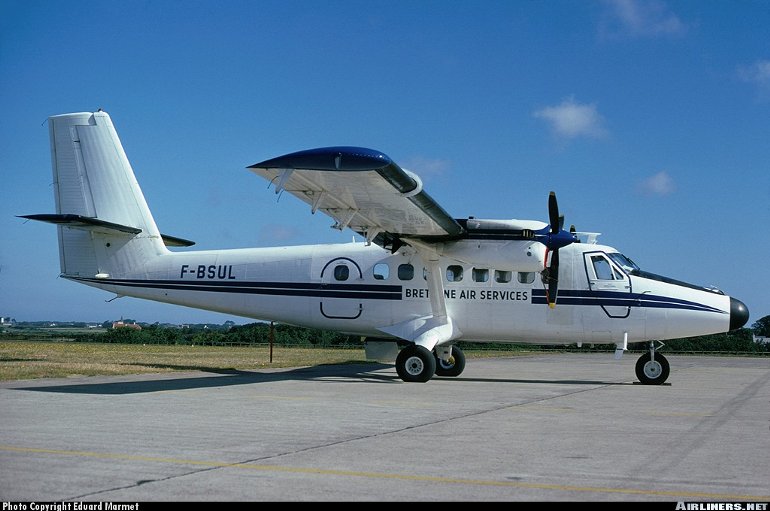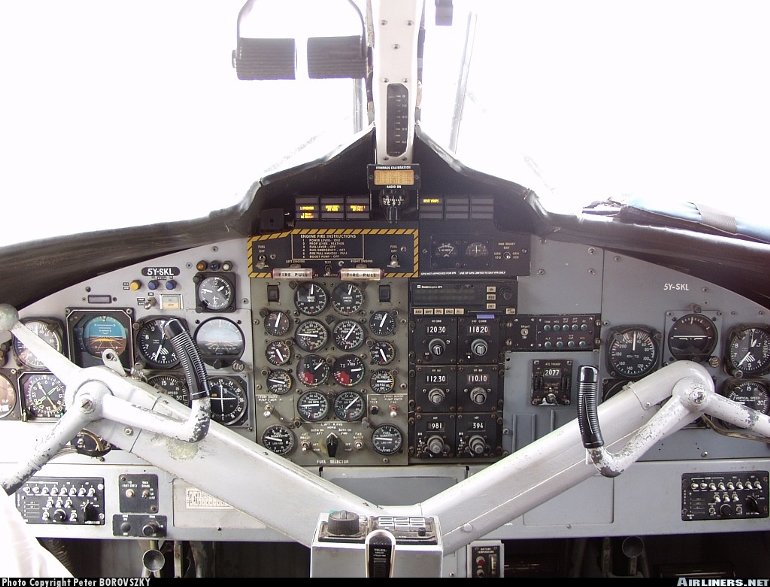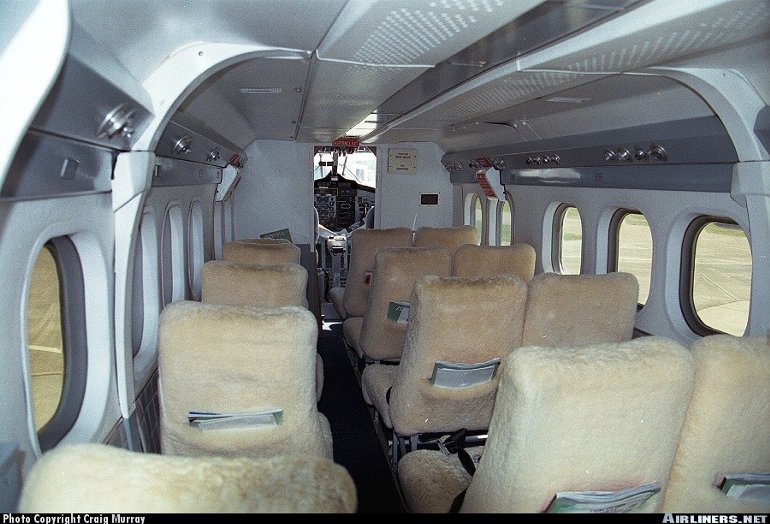Aircraft Technical Data
De Havilland Canada DHC-6 Twin Otter



| Details | |
| Country of Origin | Canada |
| Type | STOL turboprop regional airliner and utility transport |
| History | Still Canada's most successful commercial aircraft program with more than 800 built, the Twin Otter remains popular for its rugged construction and useful STOL performance. Development of the Twin Otter dates back to January 1964 when De Havilland Canada started design work on a new STOL twin turboprop commuter airliner (seating between 13 and 18) and utility transport. The new aircraft was designated the DHC-6 and prototype construction began in November that year, resulting in the type's first flight on May 20 1965. After receiving certification in mid 1966, the first Twin Otter entered service with long time De Havilland Canada supporter the Ontario Department of Lands in Canada. The first production aircraft were Series 100s. Design features included double slotted trailing edge flaps and ailerons that can act in unison to boost STOL performance. Compared with the later Series 200s and 300s, the 100s are distinguishable by their shorter, blunter noses. The main addition to the Series 200, which was introduced in April 1968, was the extended nose, which, together with a reconfigured storage compartment in the rear cabin, greatly increased baggage stowage area. The Series 300 was introduced from the 231st production aircraft in 1969. It too featured the lengthened nose, but also introduced more powerful engines, thus allowing a 450kg (1000lb) increase in takeoff weight and a 20 seat interior. Production ceased in late 1988. In addition, six 300S enhanced STOL performance DHC-6-300s were built in the mid 1970s. All models have been fitted with skis and floats. |
| Powerplants | 100 - Two 431kW (578shp) Pratt & Whitney Canada (formerly United Aircraft of Canada) PT6A-20 turboprops driving three blade propellers. 300 - Two 460kW (620shp) P&WC PT6A-27s. |
| Performance | 100 - Max cruising speed 297km/h (160kt). Range with max fuel 1427km (771nm), range with 975kg (2150lb) payload 1344km (727nm). 300 - Max cruising speed 338km/h (182kt). Initial rate of climb 1600ft/min. Range with 1135kg (2500lb) payload 1297km (700nm), range with a 860kg (1900lb) payload and wing tanks 1705km (920nm). |
| Weights | 100 - Basic operating empty 2653kg (5850lb), max takeoff 4763kg (10,500lb). 300 - Operating empty 3363kg (7415lb), max takeoff 5670kg (12,500lb). |
| Dimensions | 100 - Wing span 19.81m (65ft 0in), length 15.09m (49ft 6in), height 5.94m (19ft 6in). Wing area 39.0m2 (420sq ft). 300 - Same except for length 15.77m (51ft 9in), or 15.09m (49ft 6in) for floatplane variants. |
| Capacity | Flightcrew of two. Standard regional airliner interior seats 20 at three abreast and 76cm (30in) pitch. Can be configured as an executive transport, freighter, aerial ambulance and survey aircraft. |
| Production | Production completed in 1988, and comprised 115 Series 100s, 115 Series 200s and 614 Series 300s. |
| Related Links | De Havilland Canada DHC-6 Twin Otter |
The backbone of this section is from the The International Directory of Civil Aircraft by Gerard Frawley and used with permission. To get your own copy of the book click here. |
|








